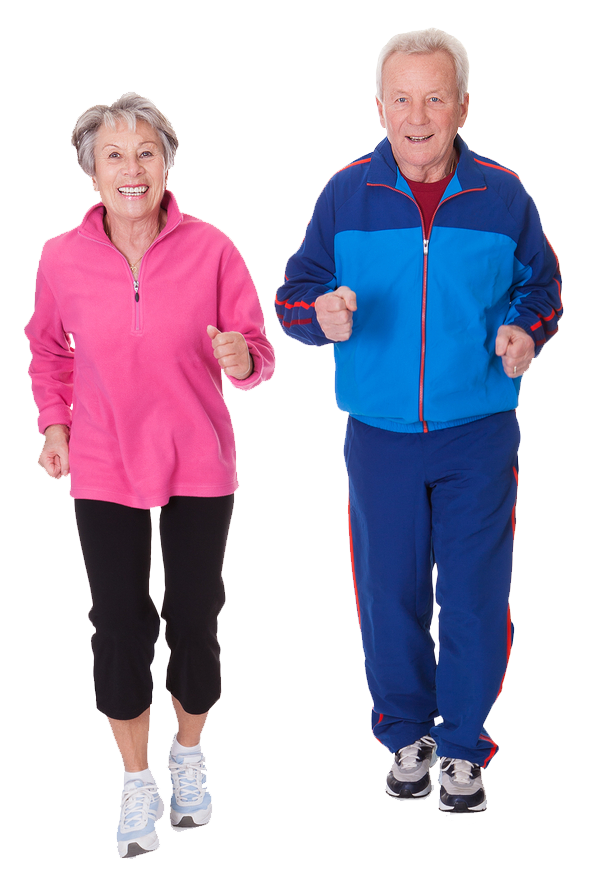Guest article by Mary Shannon . . . Find her at seniorsmeet.org/

Hobbies are a wonderful addition to anyone’s life, but they can also be expensive. Between material costs, lessons, workshops, and accessories, it is incredibly easy to rack up a shocking bill for a hobby before you even get started. If you want to discover a new pastime that will enrich your life instead of drain your pockets, check out these fun and easy options that are great for every age range, particularly retirees!
Gardening
Active hobbies are great for your physical and mental health, and they can be a great way to bring more exercise into your life while keeping things fun and exciting. Gardening is a perfect example. Besides being an outlet for stress and a way to soak up vitamin D, gardening offers big mental health boosts, keeps you moving, and, best of all, provides you with a beautiful garden or landscape you can enjoy or a bounty of fresh produce.
Gardening, like any hobby, can cost as much as you’re willing to pay. On the more affordable end, gathering necessary gardening gear (e.g. hoe, rake, trowel, pruner, etc.) could be as simple as turning to your garage, but essentials can be found at reasonable prices. And seeds or starter sets can be purchased for very little. For those who want to go big and have the budget, grow lights, irrigation systems, raised beds, soil and mulch delivery and a tiller can pave the way for a pretty amazing setup. Who knows, you may even decide to sell your flowers or produce. Enjoying a new hobby and making a profit? That’s a win-win!
Music
Making music is not only incredibly fun and entertaining, but it’s also good for our health in a variety of ways, from enhanced coordination to better mood regulation and even preventing Alzheimer’s disease. For many people, the main downside is the price tag that comes with a new instrument, as well as the classes needed to learn it.
The solution: For one, there’s no need to buy a new instrument. You can easily find quality second-hand instruments online through local listings. You could even rent an instrument or borrow one from a friend to see if that particular piece is a good choice for you. When it comes to classes, however, look for free online lessons through sites like Skillshare. If you prefer in-person tutoring, sign up for a skill-swap service to get free lessons in exchange for your expertise in another area.
Arts and Crafts
This is a broad category, encompassing everything from watercolor painting to sculpture, woodworking to photography, or knitting to quiltmaking. Whatever hobby appeals most to you, there are ways to keep costs low. Big retailers like Hobby Lobby or Micheal’s often have great sales on products, ranging from crocheting supplies to paints and canvases.
Make sure to pick your materials carefully. For instance, if you want to learn how to paint, don’t start with oil paints, which are generally expensive. Learn the basics with gouache or acrylics and then move on to pricier mediums. If you are just learning to sew, don’t buy a beautiful fancy fabric for your first few projects; wait until you are more confident with a sewing machine.
Depending on how quickly or how well you pick up a hobby, your creations could even become profitable. Paintings, scarves, sculptures and woodcrafts can be sold on sites like Etsy or at art fairs, while photography can turn into a professional side hustle where you take portraits or family photos for a fee. Another win-win!
What if My Hobby Becomes Profitable?
While not everyone goes into a hobby with profit in mind, it’s not unusual for a hobby to grow into a business. Depending on what you make and plan to sell, a hobby can even prove lucrative enough to supplement your income, which can be great for seniors who no longer work. If a fledgling business takes off, it can even be in your best interest to file as a business entity. Should you choose to form a business, a simple LLC formation can be an affordable way to protect your assets and even enjoy some tax advantages.
So many people throw themselves into a new hobby by spending a fortune on it. They assume that this investment will make them feel committed to the hobby and will help them achieve great results right away. However, this isn’t the only way to do it.
By being budget-conscious, you remove a lot of the pressure from the hobby you select, which helps you just have fun with it. You could even try out a few different things, meaning you have a better chance of finding one you instantly fall in love with. And who knows? You could even supplement your income with your hobby!
For more helpful insight geared toward seniors and caregivers, be sure to bookmark The Fundamentals of Homecare.







